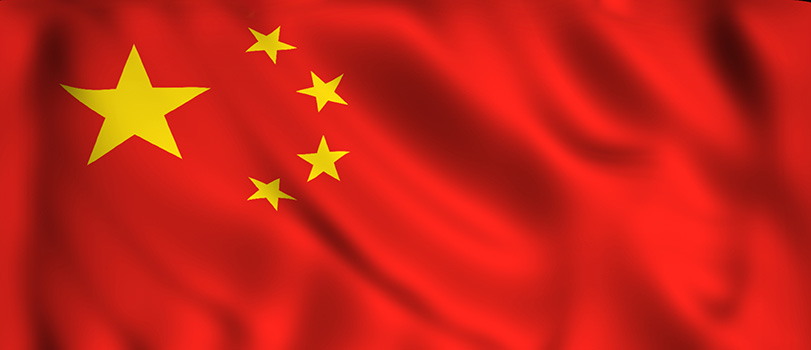©2025 Keller and Heckman, LLP
China Approves Six Food-Contact Substances

On May 6, 2023, China National Health Commission (NHC) approved one new food-contact additive and five new resins. The substances and specifications are listed below.
New Food-Contact Additive
- Hexanedioic acid polymer with 2-ethyl-2-(hydroxymethyl)-1,3-propanediol, 4-tert-butylbenzoic acid (CAS No. 74564-66-2) is cleared for use in coatings and coating layers at a maximum use level of 5% (as painting formula) and with a specific migration level (SML) of 6 mg/kg (2-Ethyl-2-(hydroxymethyl)-1,3-propanediol). Coatings and coating layers containing this substance may not be used in the production of food-contact materials and articles for infants and young children. The above restrictive requirements must be labeled in accordance with the provisions of GB 4806.1.
New Resins
- Tricyclodecanedimethanol polymer with terephtalic acid and 1,6-hexandiol is cleared for use in coatings and coating layers at a maximum use level of 60% (as painting formula) and with SMLs of 0.05 mg/kg (tricyclodecanedimethanol), 7.5 mg/kg (as terephtalic acid), and 0.05 mg/kg (1,6-hexandiol). Coatings and coating layers containing this substance may not be used in the production of food-contact materials and articles for infants and young children. The above restrictive requirements must be labeled in accordance with the provisions of GB 4806.1.
- Fatty acids, C18-unsatd., dimmers, hydrogenated polymers with 1,4-butanediol, ethylene glycol, terephthalic acid and trimethylolpropane, block is cleared for use in plastics with SMLs of 0.05 mg/kg (as the sum of hydrogenated and nonhydrogenated DiMer acid), 5 mg/kg (as 1,4-butanediol), 30 mg/kg (as ethylene glycol), 7.5 mg/kg (as terephthalic acid), and 6 mg/kg (trimethylolpropane). Plastic film produced by this substance as raw materials may not be in direct contact with food. The thickness of the film may not exceed 10 µm and the use temperature of the film may not exceed 130°C. In addition, this substance may not be used in the production of food-contact materials and articles for infants and young children. The above restrictive requirements must be labeled in accordance with the provisions of GB 4806.1.
- 1,6-Hexanedioic acid, polymer with (E)-2-butenedioic acid and tricyclodecanedimethanol (CAS No. 58891-19-3) is cleared for use in coatings and coating layers at a maximum use level of 18% (on a dry film basis) and with an SML of 0.05 mg/kg (tricyclodecanedimethanol). The use temperature for coatings and coating layers using this substance as a raw material may not exceed 121°C. In addition, this substance may not be used in the production of food-contact materials and articles for infants and young children. The above restrictive requirements must be labeled in accordance with the provisions of GB 4806.1.
- Polymer of 1,4-butanediol, 2,2-dimethyl-1,3-propanediol, 1,4-cyclohexanedicarboxylic acid and m-phthalic acid is cleared for use in coatings and coating layers at a maximum use level of 30% (on a dry film basis) and with SMLs of 5 mg/kg (as 1,4-butanediol), 0.05 mg/kg (2,2-dimethyl-1,3-propanediol), 5 mg/kg (1,4-cyclohexanedicarboxylic acid), and 5 mg/kg (as m-phthalic acid). The use temperature for coatings and coating layers using this substance as raw materials may not exceed 130°C. The above restrictive requirements must be labeled in accordance with the provisions of GB 4806.1.
- Polymer of butanediol-1,4, tricyclodecanedimethanol and dimethyl terephthalate (CAS No. 490017-22-6) is cleared for use in coatings and coating layers at a maximum use level of 59% (as painting formula) and with SMLs of 7.5 mg/kg (as terephthalic acid), 5 mg/kg (as 1,4-butanediol), and 0.05 mg/kg (4,8-bis(hydroxymethyl)tricyclo[5.2.1.02,7]decane). The use temperature for coatings and coating layers using this substance as raw materials may not exceed 121°C. In addition, this substance may not be used in the production of food-contact materials and articles for infants and young children. The above restrictive requirements must be labeled in accordance with the provisions of GB 4806.1.